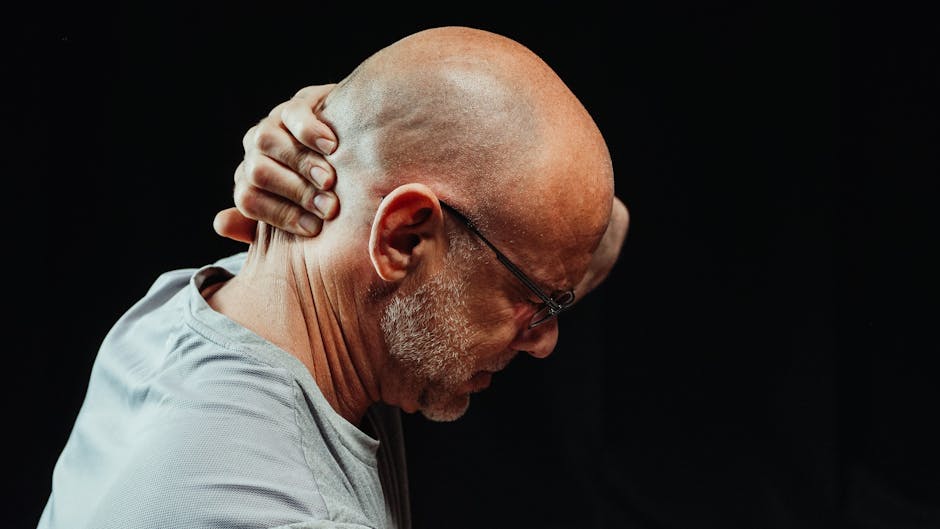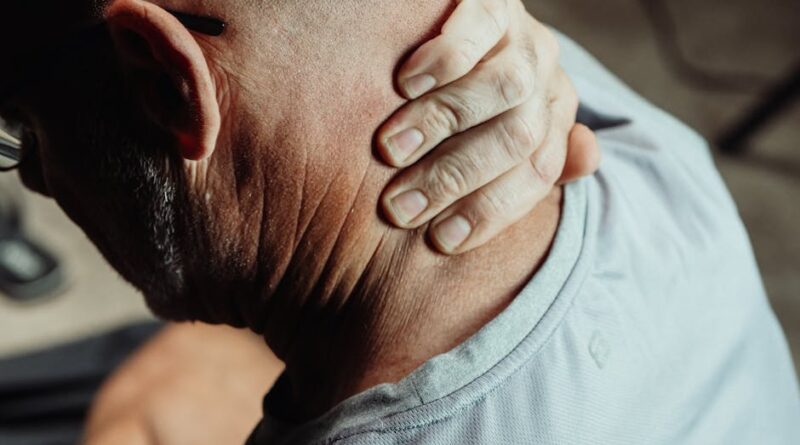Exploring the Benefits of Physical Therapy for Arthritis
Arthritis is a common condition that affects millions of people worldwide, causing pain, stiffness, and inflammation in the joints. While there is no cure for arthritis, there are various treatment options available to help manage the symptoms and improve overall quality of life. One such treatment that has gained significant attention is physical therapy. In this comprehensive guide, we will dive deep into the world of physical therapy for arthritis, exploring its benefits, different techniques, and how it can make a difference in the lives of individuals living with this condition.
The Role of Physical Therapy in Arthritis Management

Physical therapy plays a crucial role in the management of arthritis by helping individuals improve their mobility, reduce pain, and increase strength in the affected joints. Physical therapists are trained professionals who specialize in designing personalized exercise programs to address the specific needs of each patient. These programs often include a combination of stretching, strengthening, and aerobic exercises to help improve joint function and overall well-being.
Benefits of Physical Therapy for Arthritis

There are countless benefits of physical therapy for individuals with arthritis. One of the primary advantages is pain management. Physical therapy techniques such as manual therapy, ultrasound, and electrical stimulation can help reduce pain and inflammation in the affected joints, providing much-needed relief to patients. Additionally, physical therapy can help improve flexibility and range of motion, making it easier for individuals to perform daily activities with greater ease and comfort.
Furthermore, physical therapy can help prevent muscle atrophy and joint degeneration, which are common consequences of arthritis. By strengthening the muscles around the affected joints, physical therapy can help improve stability and support, reducing the risk of further damage and complications. Overall, physical therapy can significantly enhance the quality of life for individuals living with arthritis, allowing them to stay active and independent for longer periods.
Types of Physical Therapy Techniques for Arthritis

There are several different types of physical therapy techniques that can be used to treat arthritis, depending on the specific needs and goals of the individual. Some of the most common techniques include:
1. Manual Therapy

Manual therapy involves hands-on techniques such as massage, mobilization, and manipulation to help improve joint mobility and reduce pain. This type of therapy can be particularly effective for individuals with osteoarthritis, rheumatoid arthritis, or other types of inflammatory arthritis.
2. Therapeutic Exercises
Therapeutic exercises are designed to improve strength, flexibility, and endurance in the affected joints. These exercises may include stretching, resistance training, and cardiovascular activities to help enhance overall physical fitness and function.
3. Aquatic Therapy
Aquatic therapy involves performing exercises in a pool or other water-based environment to reduce the impact on the joints and provide a supportive and buoyant environment for movement. This can be particularly beneficial for individuals with arthritis who may have difficulty exercising on land.
4. Electrical Stimulation
Electrical stimulation uses electrical currents to stimulate the muscles and nerves, helping to reduce pain, improve circulation, and enhance muscle strength. This technique can be used in conjunction with other forms of physical therapy to maximize the benefits for individuals with arthritis.
5. Ultrasound Therapy
Ultrasound therapy uses high-frequency sound waves to generate heat deep within the tissues, promoting circulation and reducing inflammation. This can help alleviate pain and stiffness in the affected joints, making it easier for individuals to move and perform daily activities.
6. Assistive Devices
Physical therapists may also recommend the use of assistive devices such as splints, braces, or orthotics to help support the affected joints and improve mobility. These devices can provide additional stability and comfort, allowing individuals to move with greater ease and confidence.
7. Education and Lifestyle Modifications
Education plays a crucial role in physical therapy for arthritis, as therapists provide valuable information on joint protection, energy conservation, and proper body mechanics to help individuals manage their condition more effectively. Lifestyle modifications such as weight management, stress reduction, and healthy eating habits can also play a significant role in arthritis management.
Expert Opinions on Physical Therapy for Arthritis
According to Dr. Jane Smith, a renowned physical therapist specializing in arthritis management, “Physical therapy is an essential component of arthritis treatment, as it can help individuals maintain their independence and quality of life. By working with a skilled physical therapist, individuals can learn how to manage their symptoms, improve their mobility, and stay active and engaged in life.”
Common Misconceptions About Physical Therapy for Arthritis
One common misconception about physical therapy for arthritis is that it is only suitable for individuals with severe joint pain or limited mobility. In reality, physical therapy can benefit individuals at all stages of arthritis, from mild discomfort to advanced joint degeneration. By starting physical therapy early in the course of the disease, individuals can prevent further damage and improve their overall prognosis.
Comparative Analysis of Physical Therapy and Medication for Arthritis
While medications such as nonsteroidal anti-inflammatory drugs (NSAIDs) and corticosteroids are commonly used to manage arthritis symptoms, physical therapy offers a non-invasive and holistic approach to treatment. Unlike medications, physical therapy focuses on improving joint function, muscle strength, and overall mobility, rather than simply masking the symptoms. Additionally, physical therapy has been shown to have long-lasting benefits for individuals with arthritis, reducing the need for frequent medication adjustments or surgical interventions.
FAQs About Physical Therapy for Arthritis
Q: How long does physical therapy for arthritis typically last?
A: The duration of physical therapy for arthritis can vary depending on the individual’s specific needs and goals. Some individuals may only require a few sessions to learn proper exercises and techniques, while others may benefit from ongoing therapy to maintain their mobility and function.
Q: Is physical therapy painful for individuals with arthritis?
A: Physical therapy should not be painful for individuals with arthritis. Physical therapists are trained to design personalized programs that are tailored to each individual’s comfort level and tolerance. The goal of physical therapy is to improve function and reduce pain, not exacerbate it.
To Wrap Things Up
Physical therapy is a valuable tool in the management of arthritis, offering numerous benefits for individuals looking to improve their mobility, reduce pain, and enhance their overall quality of life. By working with a skilled physical therapist and following a personalized exercise program, individuals with arthritis can experience significant improvements in their joint function and overall well-being. If you or a loved one is living with arthritis, consider exploring the benefits of physical therapy as part of your treatment plan. Your joints will thank you!




